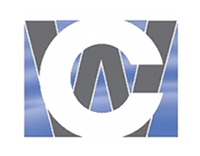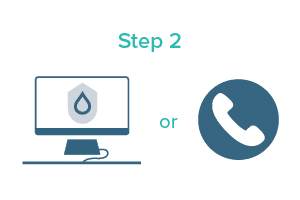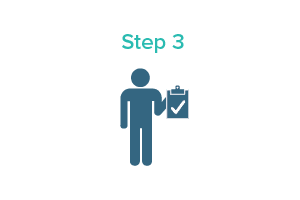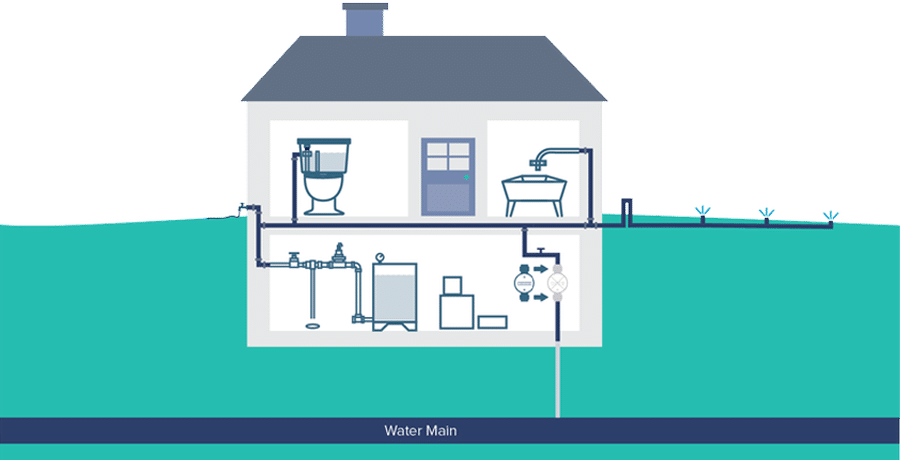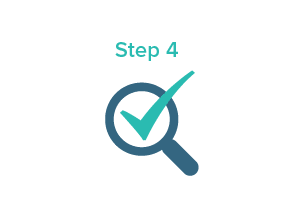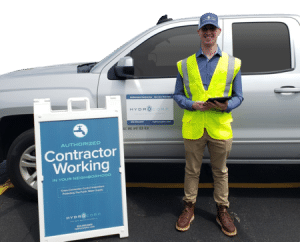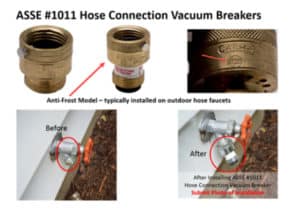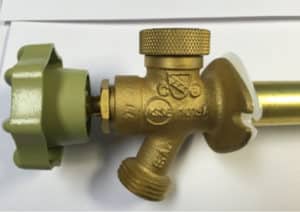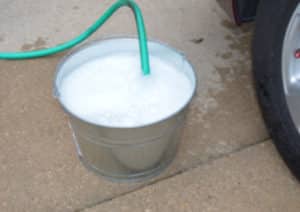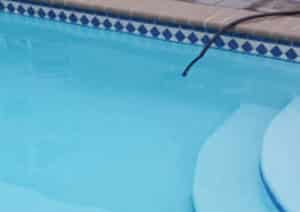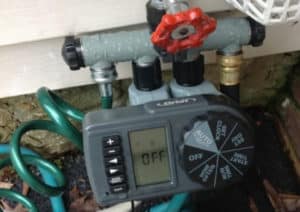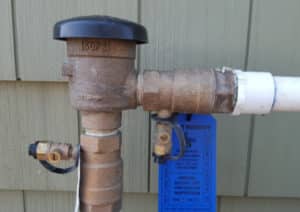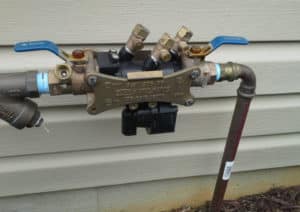An Important Community-Wide Safety Project
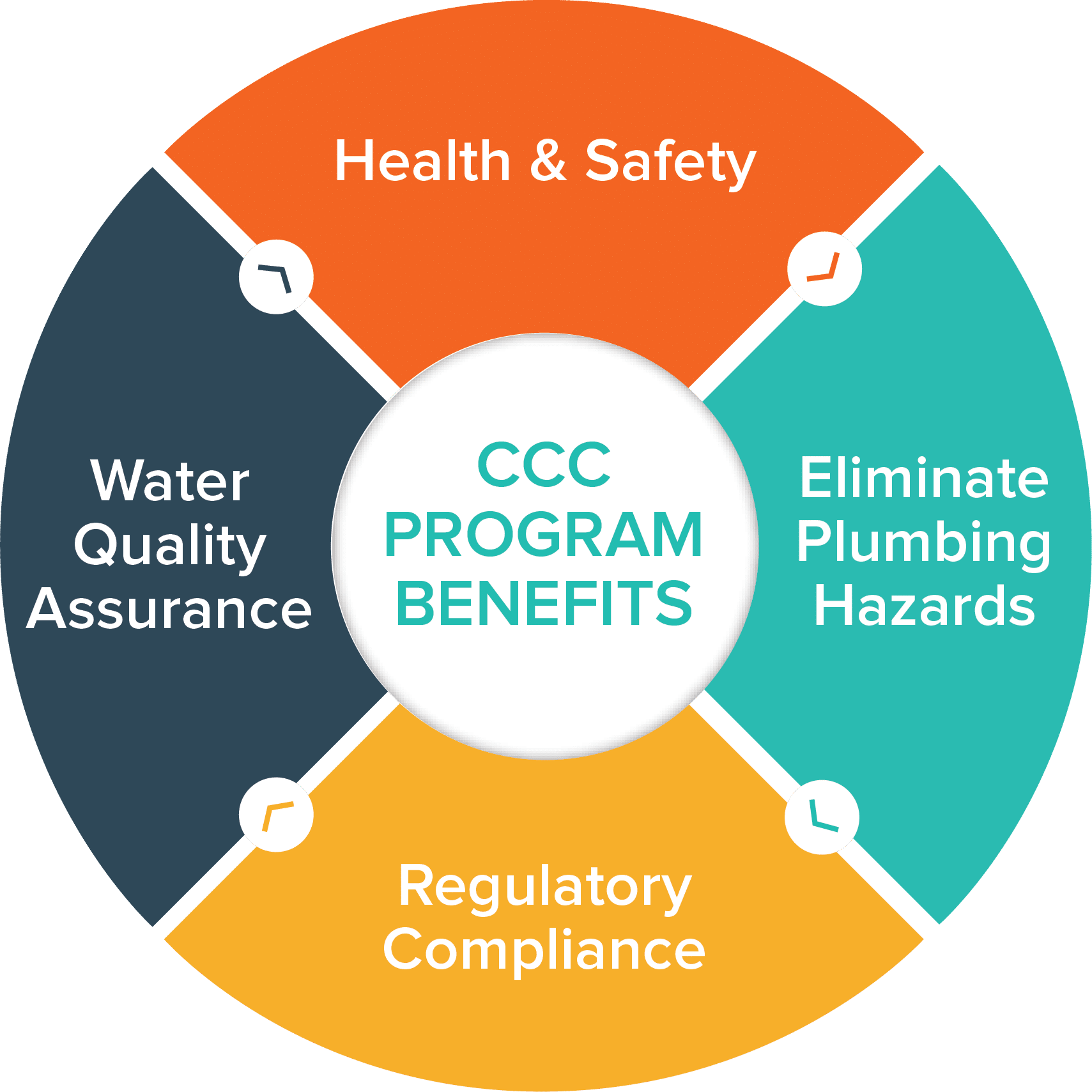
Section 11.39 of the Colorado Department of Public Health & Environment Water Quality Control Commission’s Colorado Primary Drinking Water Regulation requires that the supplier must develop a written backflow prevention and cross-connection control program. Cross-connection control focuses on eliminating or protecting hazardous interconnections in the public water supply system which, in the event of a backflow incident, could inject pollutants and contaminants into the drinking water.
